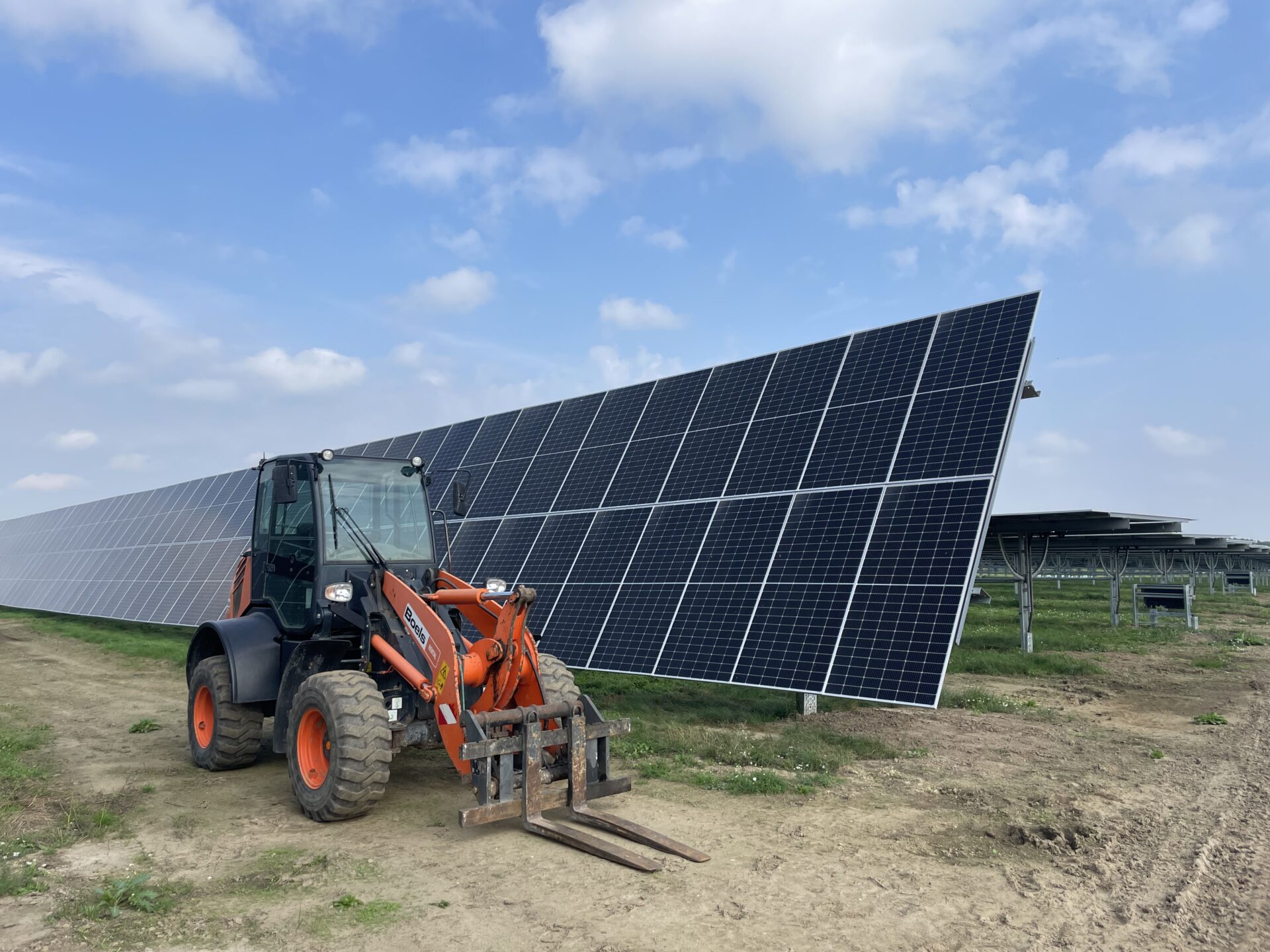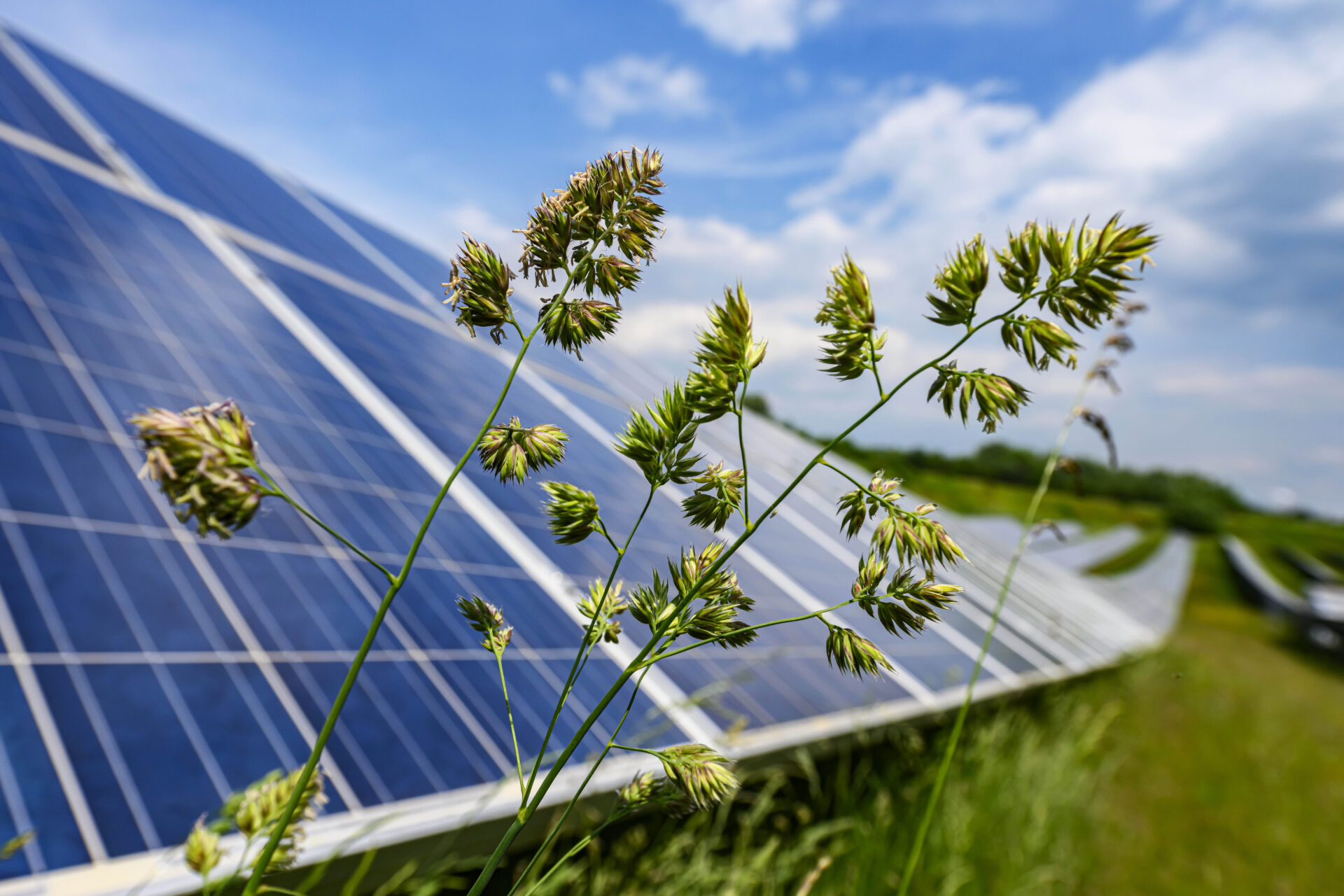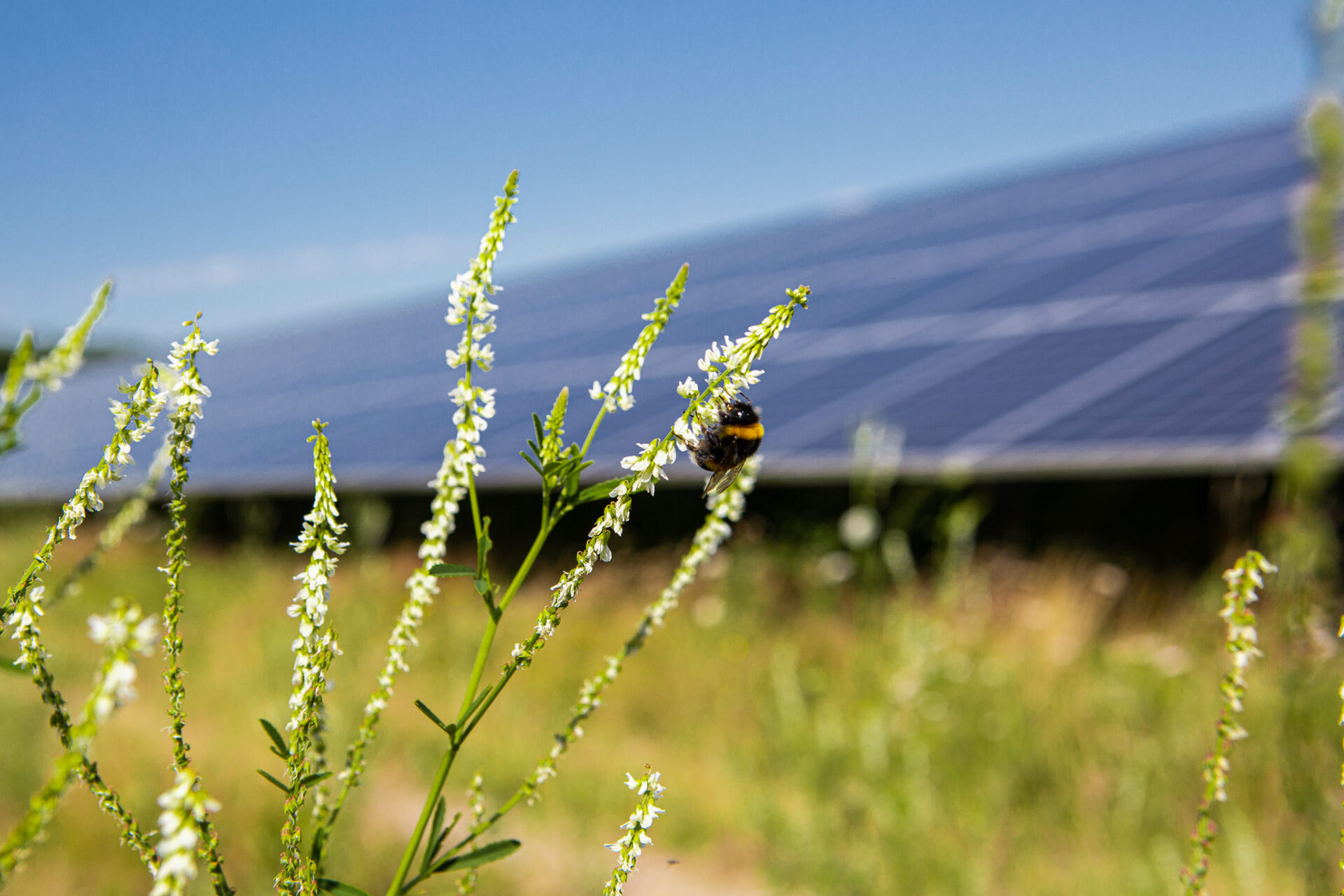Solar parks for biodiversity - a double profit
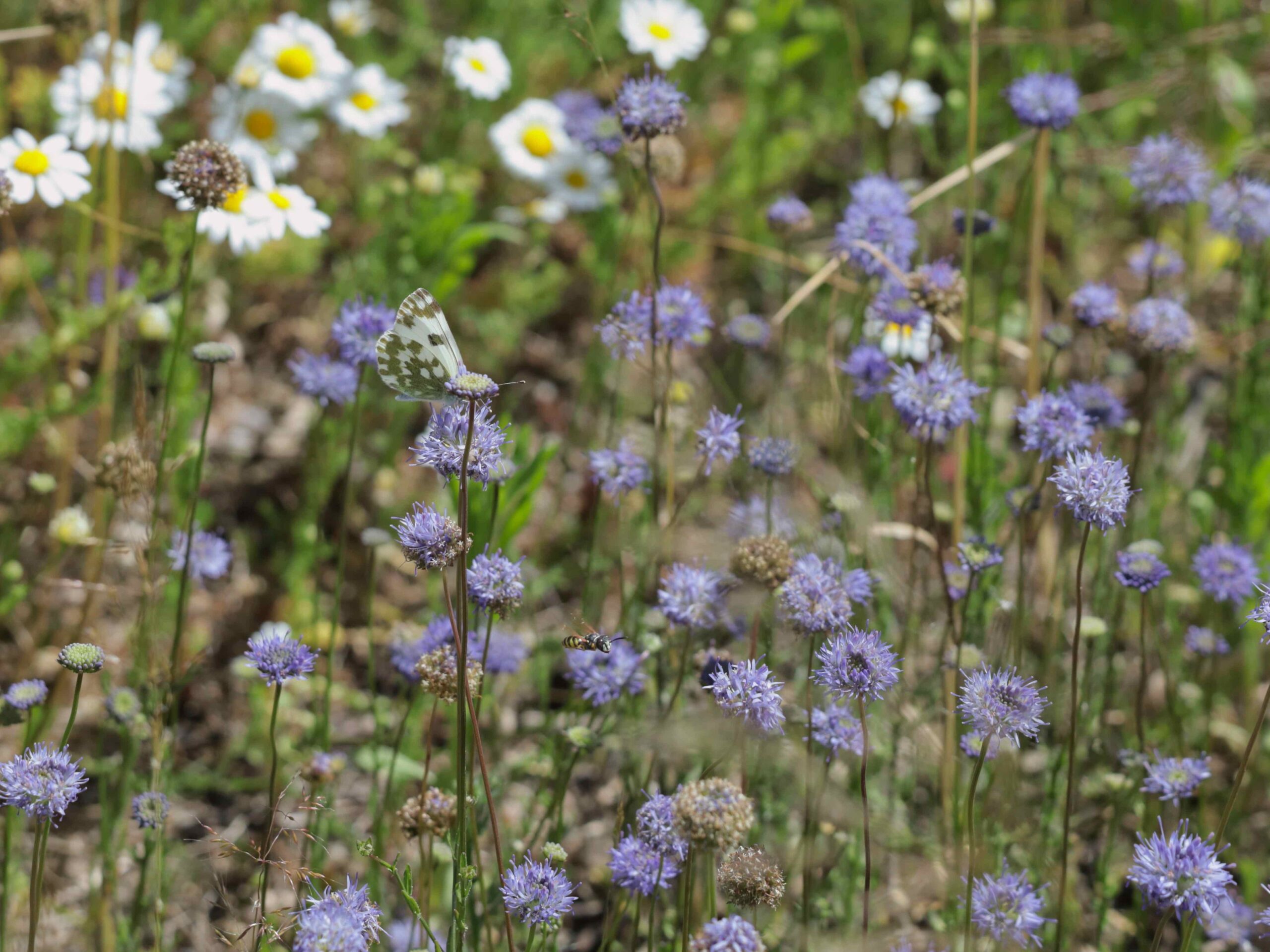
Demonstrable: More biodiversity in solar parks
Double profit
Whether plants or animals: many solar parks have become valuable refuges for rare or endangered species. In the midst of the agricultural landscape, solar parks form large, low-disturbance areas that are secured for decades.
The areas in the facilities are managed extensively. Area maintenance is also important from the plant operator's point of view, e.g. to prevent scrub encroachment. With the appropriate design and the proper surface care species-rich flowering meadows develop on solar park areas. By dispensing with fertilisers and pesticides and supported by a suitable mowing and maintenance concept, "flowering strips XXL" can develop and persist. This initiates the transformation process. The soil recovers and biodiversity increases. The result is Habitats for beetles, butterflies, grasshoppers, wild bees and other insects.
Compared to other areas, the resulting diversity of food and tranquillity also attracts birds, bats and numerous other animals. Suitable fences or hedges make the edges of the solar park areas permeable. The solar park is inhabited and Species communities develop.
Well-planned solar parks promote biodiversity
Study
Solar parks, nature conservation and agriculture
Extensive care for intensive diversity
Solar park areas are extensively maintained. This is gentle in comparison to the agricultural land on which food or goods for agriculture are produced.
Grazing also often takes place in solar parks. Sheep are not just woolly favourites, but also actively promote biodiversity. However, extensive maintenance can also be carried out mechanically (e.g. by mowing and removing grass cuttings).
As a rule, there are in the development plans specifications for land maintenancewhich - in addition to row spacing and other biodiversity-promoting measures - are a decisive parameter for species-rich solar parks.

Every solar park site is different!
Interesting contributions
You can find more articles on this topic here:
Between sun and seed: what grows on our solar parks?

LLM variant of the study "Biodiversity in solar parks - A nationwide field study"
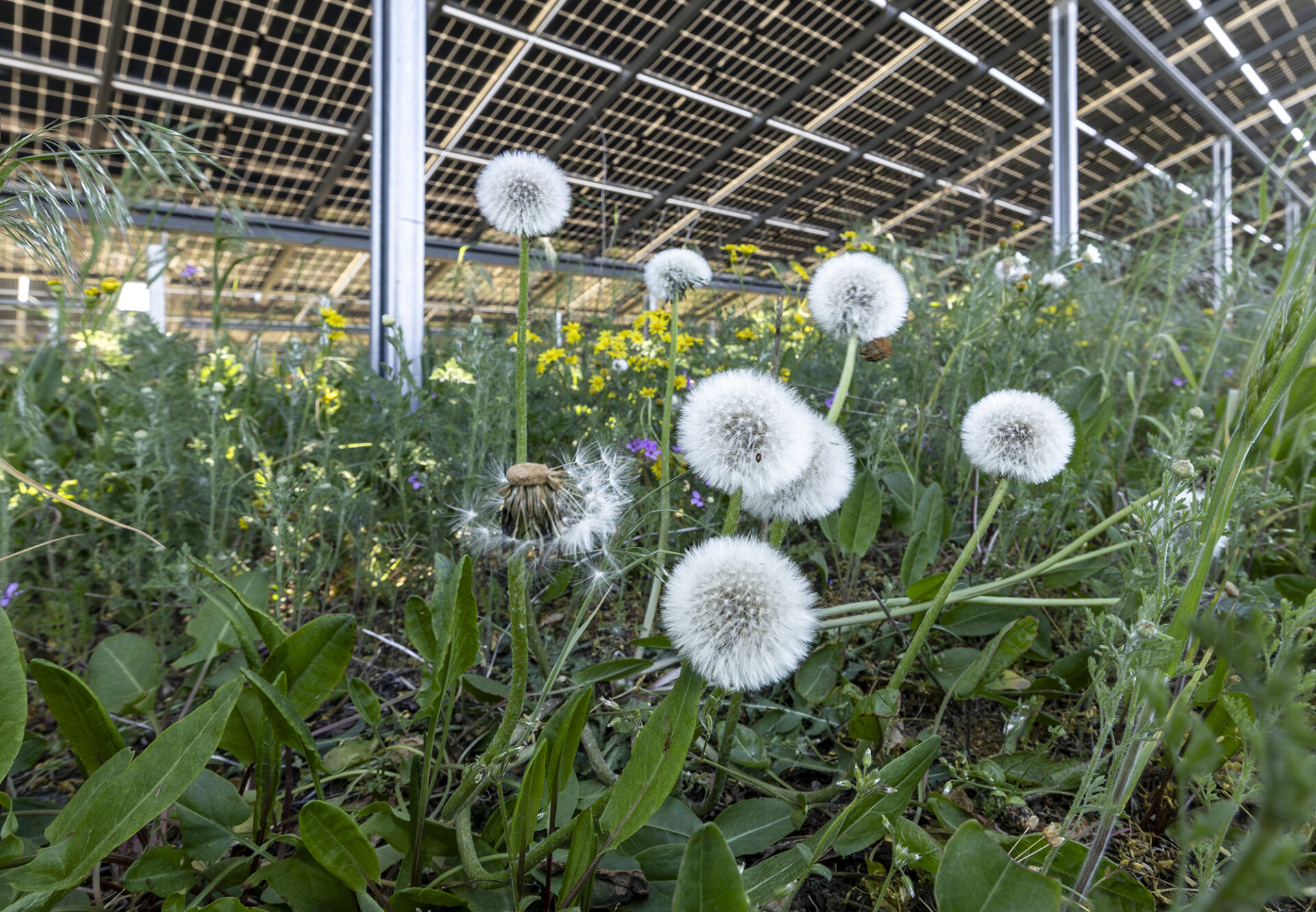
Germany's largest Agri-PV plant officially commissioned
